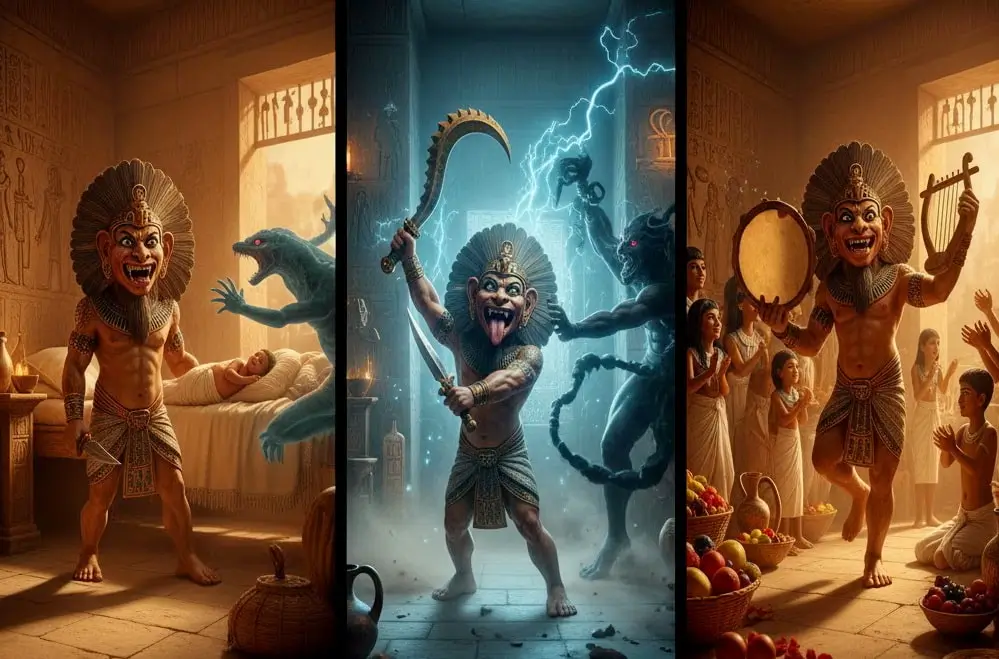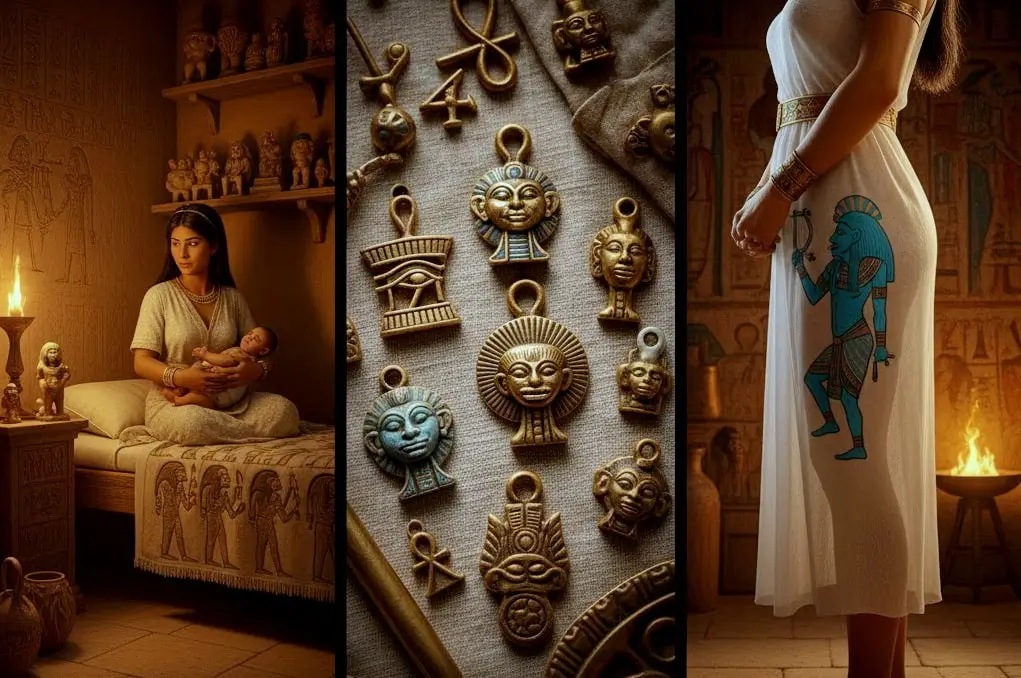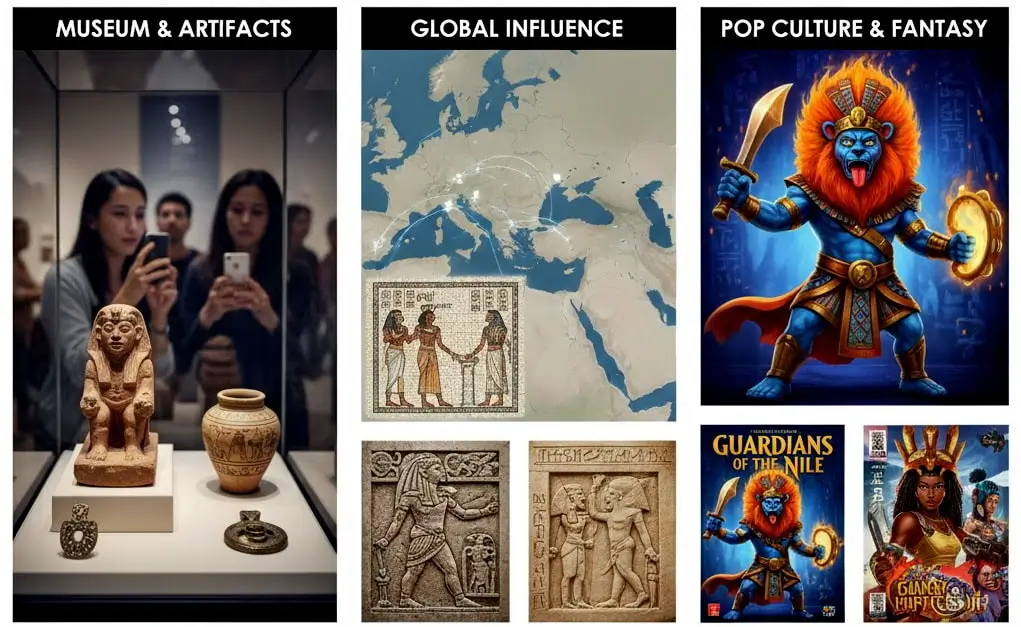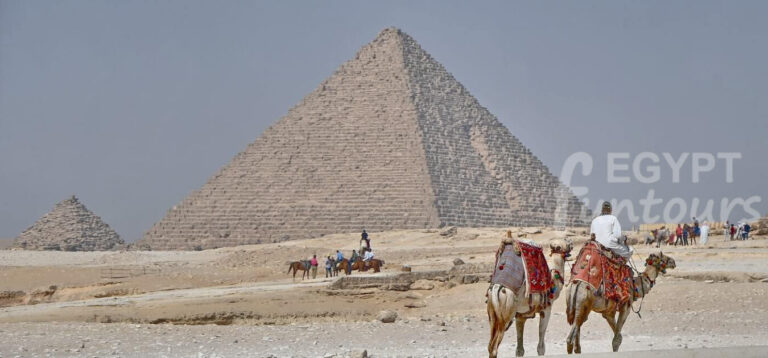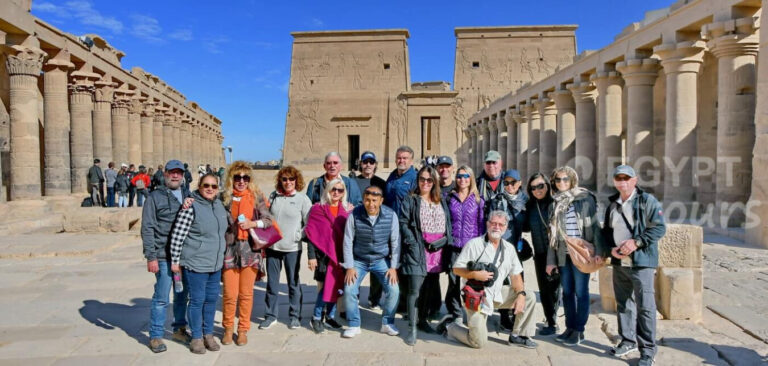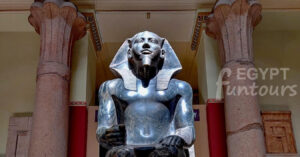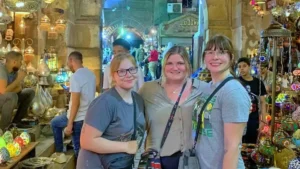The Unique Appearance of the Egyptian God Bes
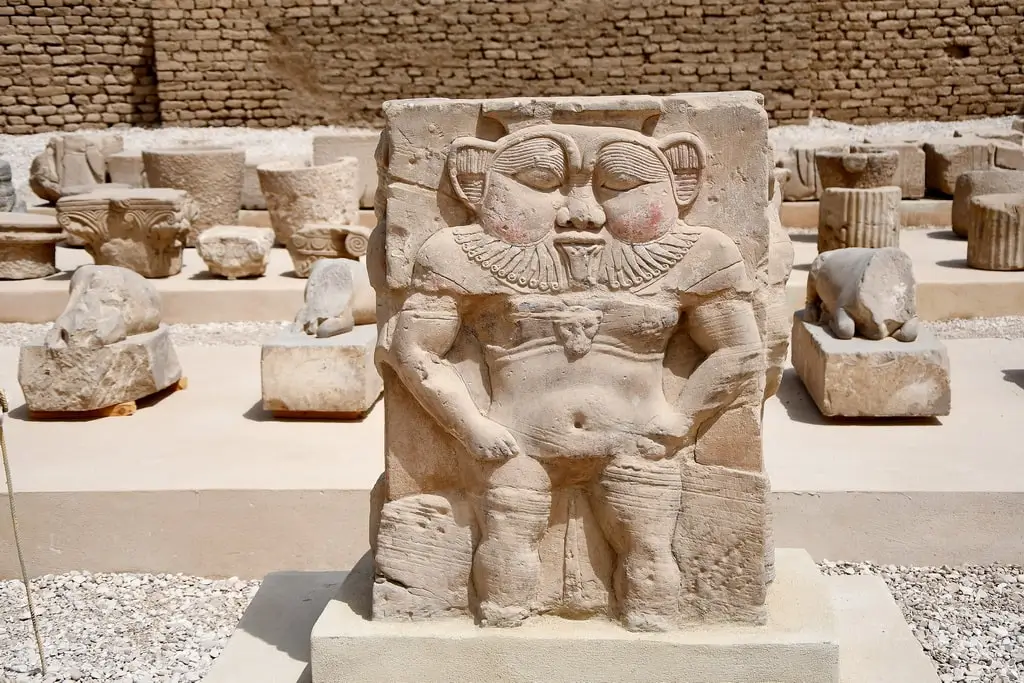
The appearance of the Egyptian god Bes is central to his power. His iconography is unmistakable, and artisans deliberately designed it to be jarring. He is a short, stocky dwarf, a composite figure blending the features of both animals and humans. Artisans almost always depicted him with lion-like characteristics, including a full mane, prominent ears, and often a lion’s tail, all attached to a robust, human-like dwarf body.
A Powerful Dwarf and Composite Figure
In ancient Egypt, people did not view dwarfism with the same prejudice as in other cultures. Egyptians often saw dwarfs as having a special, liminal status. The elite valued them as artisans, jewelers, and entertainers in their homes.
By embodying this form, the people saw Bes as both relatable and powerful. His dwarfism did not make him “lesser”; it made him unique. His composite lion features, meanwhile, were a clear symbol of his function. He was not a roaring lion of the state, like the Sphinx, but the protective, watchful lion guarding its den—the home. He possessed the ferocity and courage of the wild, harnessed for the defense of the family.
The Apotropaic Frontal Gaze: A Unique Trait
Perhaps the most critical and defining feature of the Egyptian god Bes is his artistic portrayal. In a civilization that famously depicted nearly every living being in strict, flat profile, Bes shatters this rule. Artisans almost always depicted him in a full-frontal view, staring directly at the viewer.
This was not a simple artistic choice; it was his primary weapon. This direct, confrontational gaze was intensely apotropaic, a term for magic intended to ward off evil. While other gods symbolized concepts, Bes acted. He met evil head-on. Egyptians believed his stare confronted and frightened away malevolent spirits, demons, and negative forces before they could enter the home. He was a divine bouncer, and his face was his badge of authority.
Fearsome Features and Divine Attributes
His other features amplified the fearsome effect of his gaze. Artisans often show Bes naked, a sign of his primal power and lack of inhibition, and he frequently sticks his tongue out in a grotesque grimace. This, combined with his snarling, lion-like face, was part of his threatening “war mask.”
He also wore a distinct and tall, feathered headdress, typically of ostrich feathers. This crown is one of the key indicators, as we will see, of his possible foreign origins.
To complete his image as a warrior, Bes frequently appears armed. He wields knives, daggers, or the sacred sa (protection) hieroglyph as weapons to actively fight off evil. Yet, in a fascinating and beautiful paradox, we just as often see him holding musical instruments like a harp, lute, or tambourine. This reveals the complex duality of the Egyptian god Bes: he was both a terrifying warrior and a merry bringer of joy.



